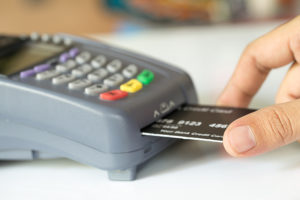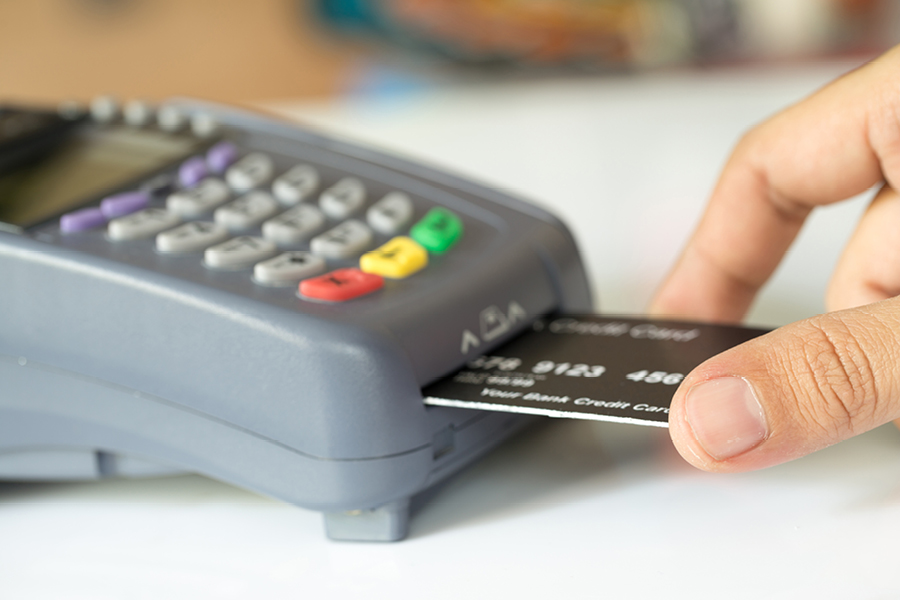 In the results of a telephone survey that collected data from 932 credit card holders, it was found that 70 percent of American credit card holders today shop with EMV technology-based chip cards. While it may have once just been a point of interest for proprietors with a penchant for keeping up with industry metrics, these days, being savvy about chip cards is highly important for any merchant who wants to prevent fraud and protect their liability from taking a stolen credit card. The following are some of the most crucial things to know about chip cards in order to get brought up to speed about them.
In the results of a telephone survey that collected data from 932 credit card holders, it was found that 70 percent of American credit card holders today shop with EMV technology-based chip cards. While it may have once just been a point of interest for proprietors with a penchant for keeping up with industry metrics, these days, being savvy about chip cards is highly important for any merchant who wants to prevent fraud and protect their liability from taking a stolen credit card. The following are some of the most crucial things to know about chip cards in order to get brought up to speed about them.
Chip cards offer better security against being farmed for information
One of the biggest weaknesses of traditional credit cards has always been the permanent data stored in their magnetic strips. This data can be stolen with small devices hidden inside someone’s pocket. These devices, when swiped, pull the permanent data off the magnetic stripe. The information can be sold to fraudsters. Unlike the magnetic stripe cards, chip cards instantly create a unique, encrypted code each time the card is used and the information is uploaded to the card processor. The card information is then encrypted again with a another code when the approval or decline is sent back to the merchant’s processing device. Since the data is dynamic and always changing, it is not permanent and cannot be easily decoded and stolen.
Chip-and-PIN cards are gradually being transitioned into the global norm
Chip card transactions can be conducted both via signature and PIN input, and the latter has steadily been on the path to becoming the most widely represented form of payment acceptance for brick and mortar establishments worldwide. Though chip-and-signature cards were the primary focus near the beginning of the EMV chip card roll-out, chip-and-PIN cards will be increasingly commonly established as the primary transaction types in most establishments. Of course, a chip-and-signature card will generally still be viable as the secondary option if consumers don’t have a chip-and-PIN card.
Liability for chip card fraud is determined by EMV compliance
In the instances of fraudulent traditional credit card use, the responsibility for the consumer’s losses has generally fallen upon either the card issuing bank. In instances of fraudulent EMV chip card use, liability will be determined by whichever party is found to be within the least compliance of the most current EMV standard regulations. If the merchant does not have EMV compatible devices or terminals, then the merchant is least compliant and takes on the liability.
Find out more
If you’d like to know more about how you can stay on top of fraud prevention, contact us at Electronic Money Company and we’ll be happy to answer any questions you may have.

